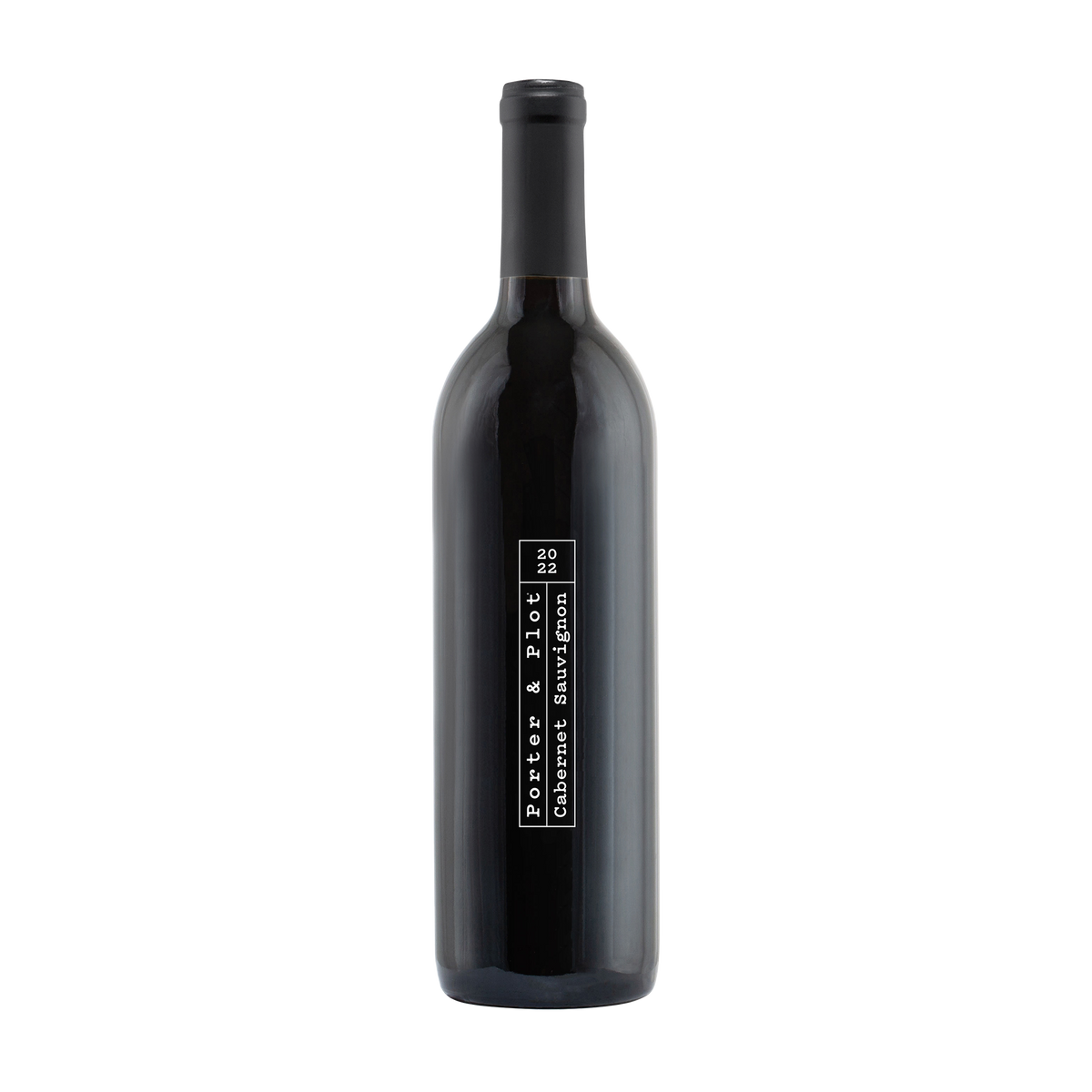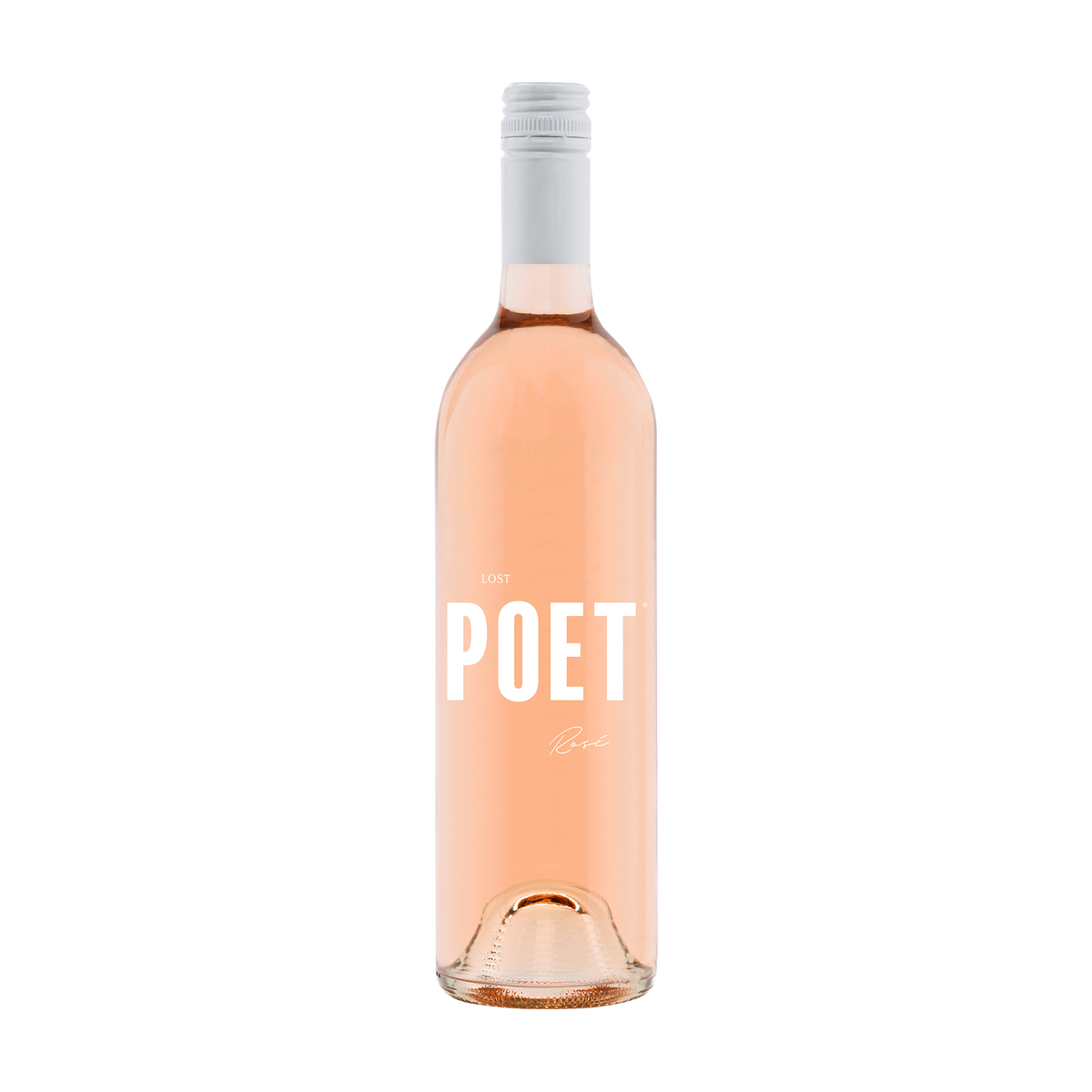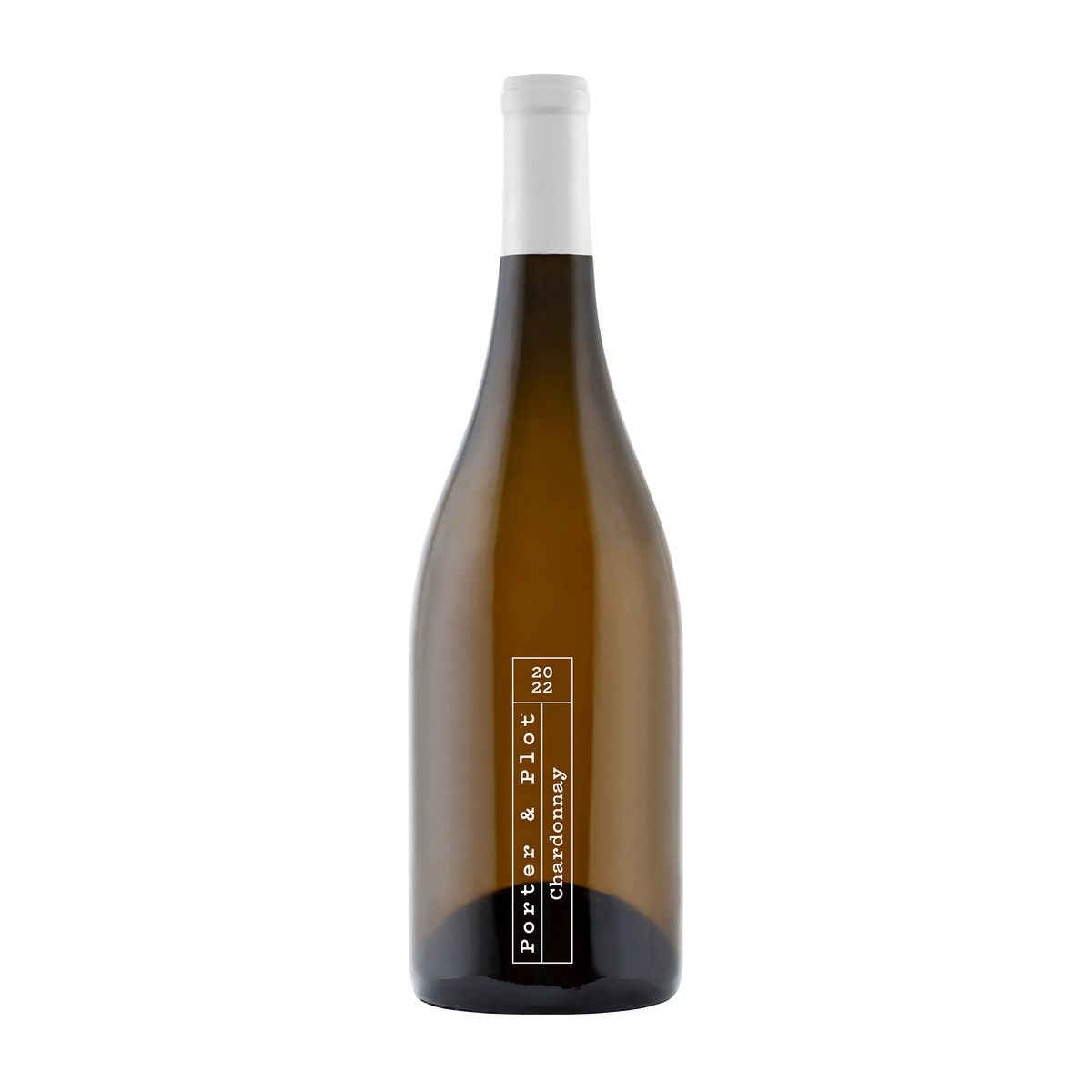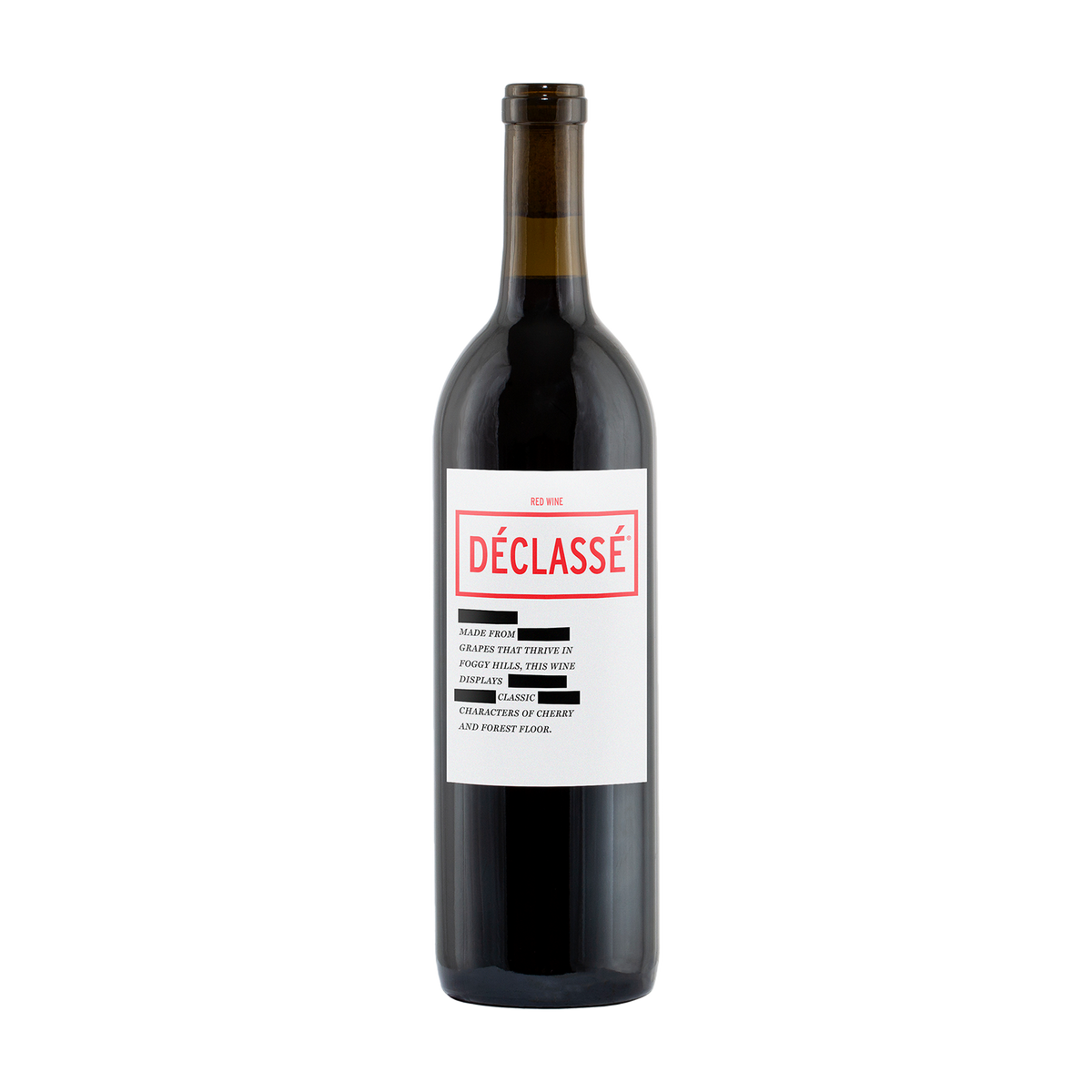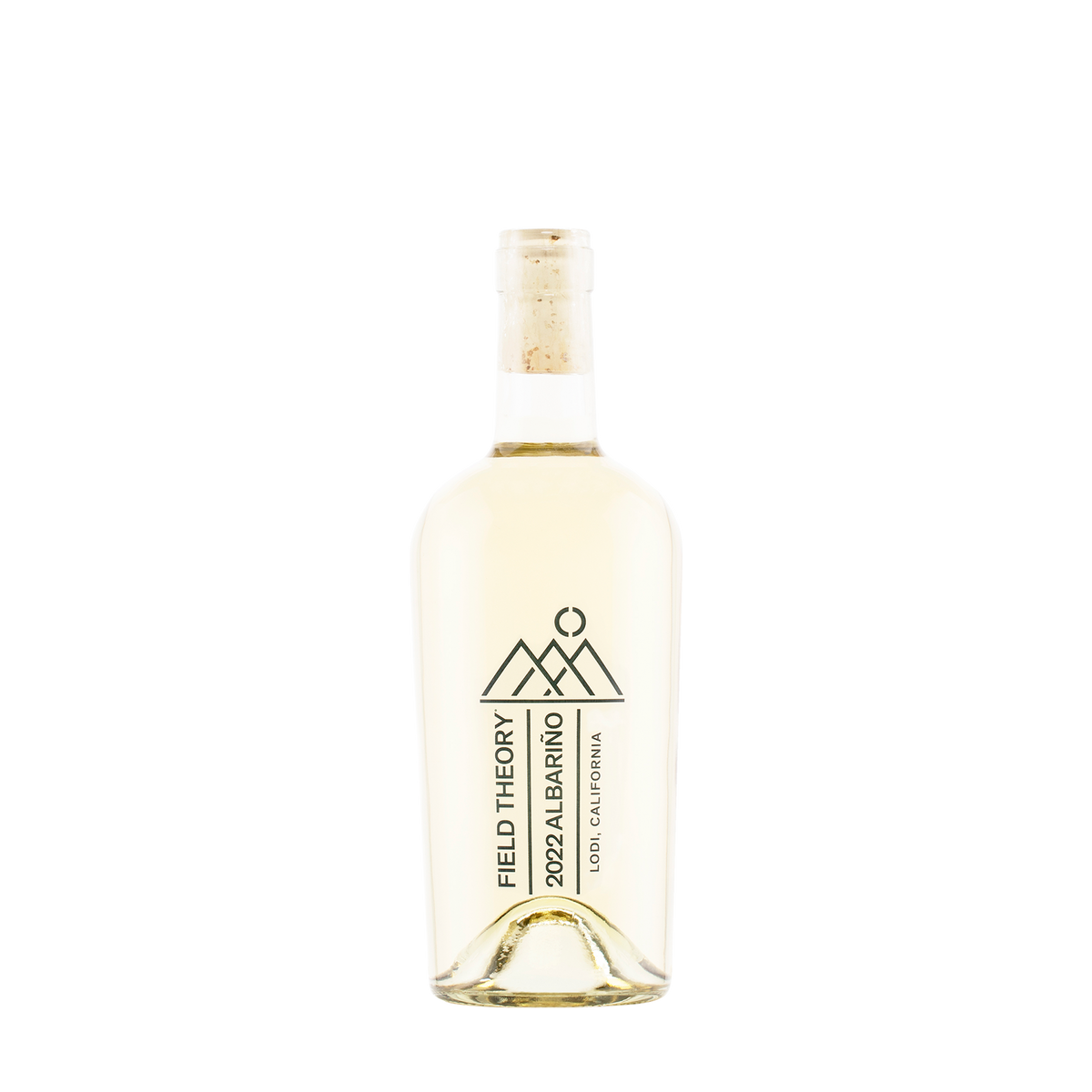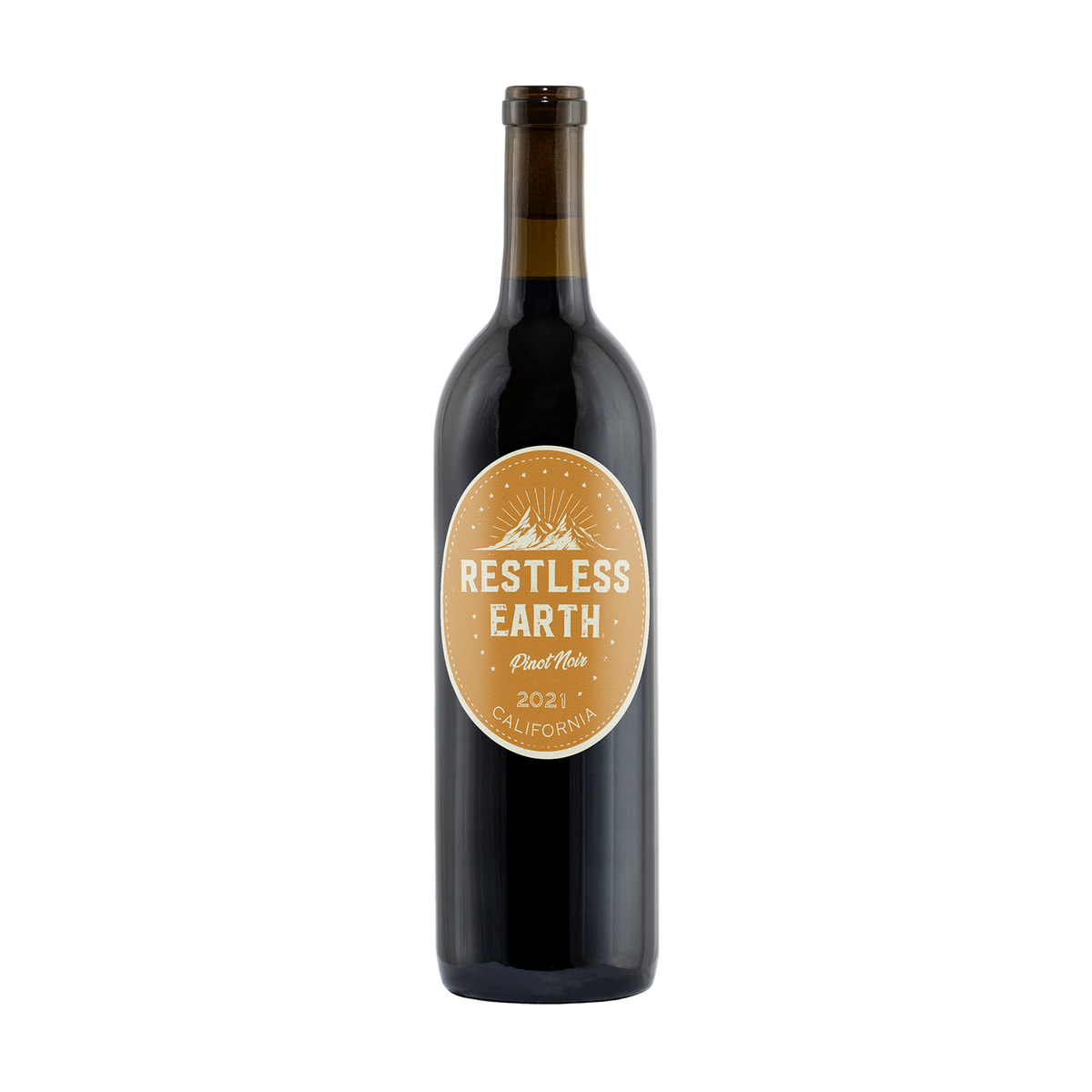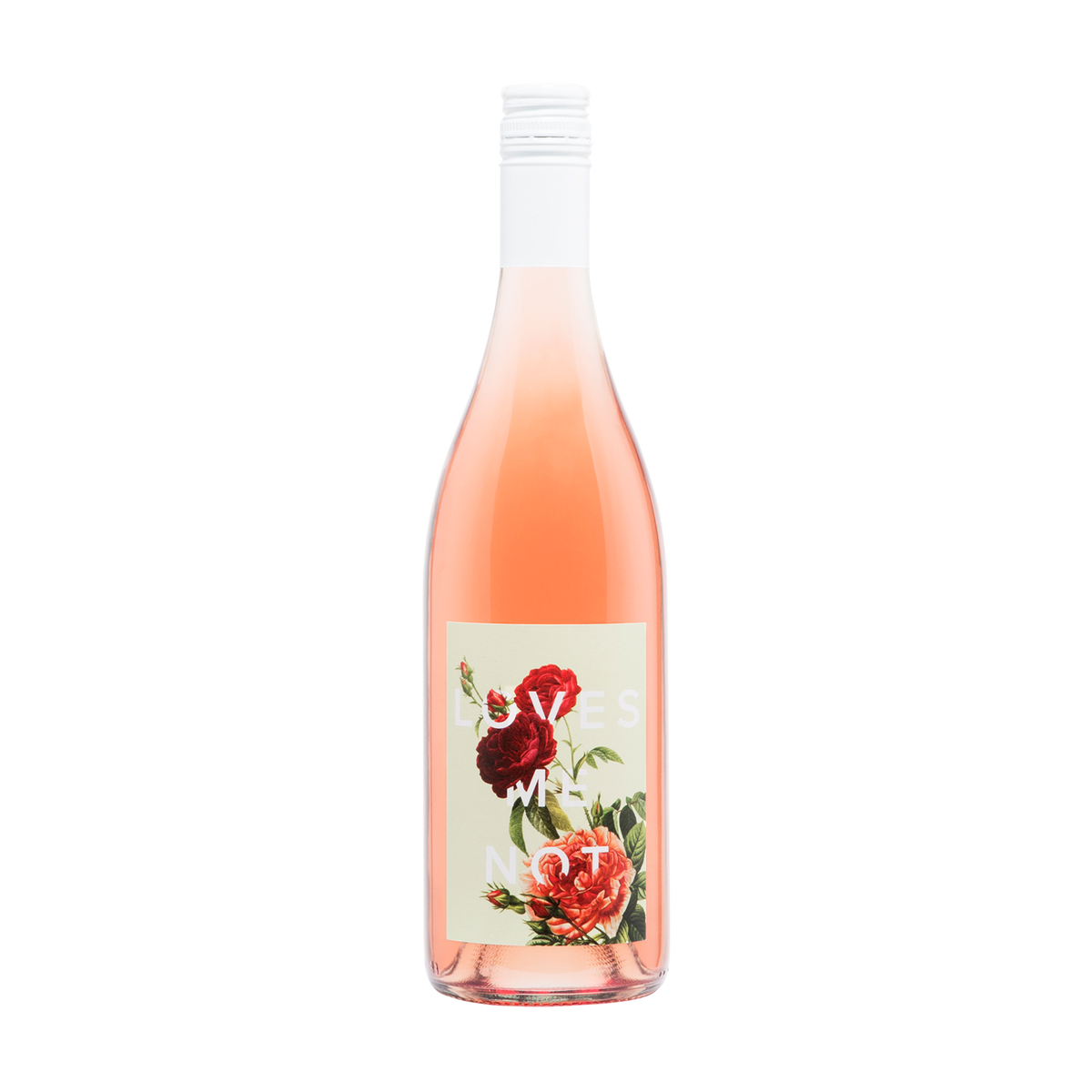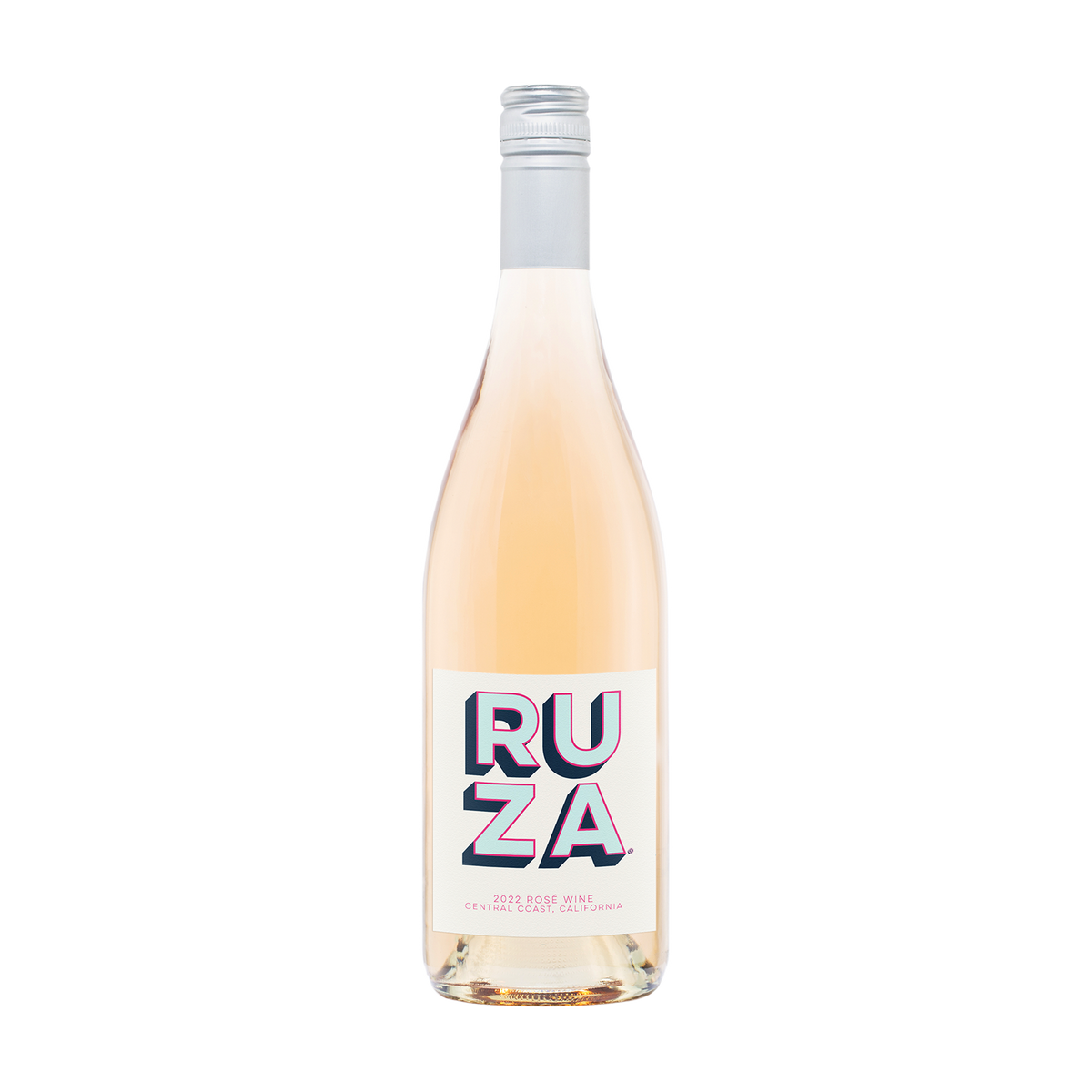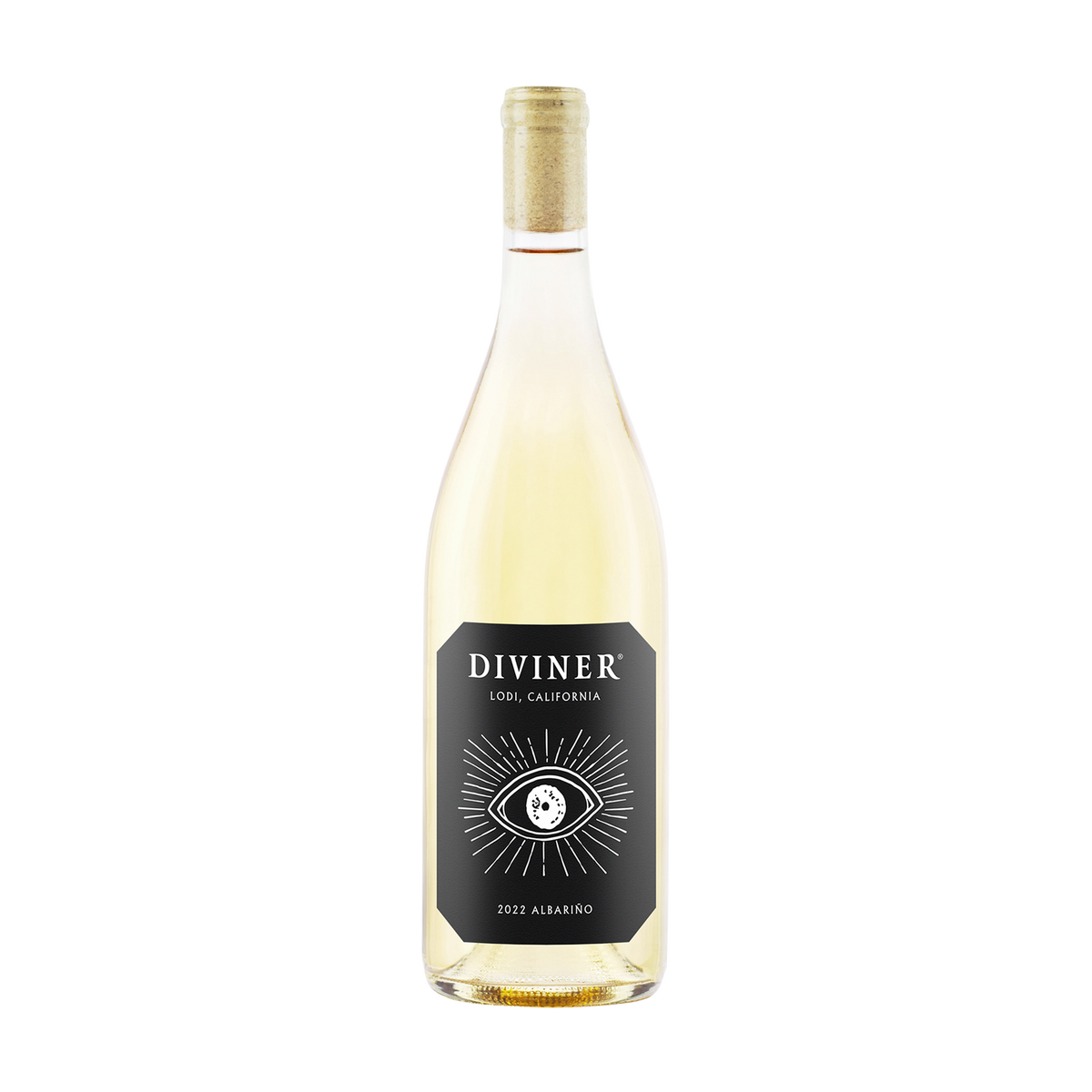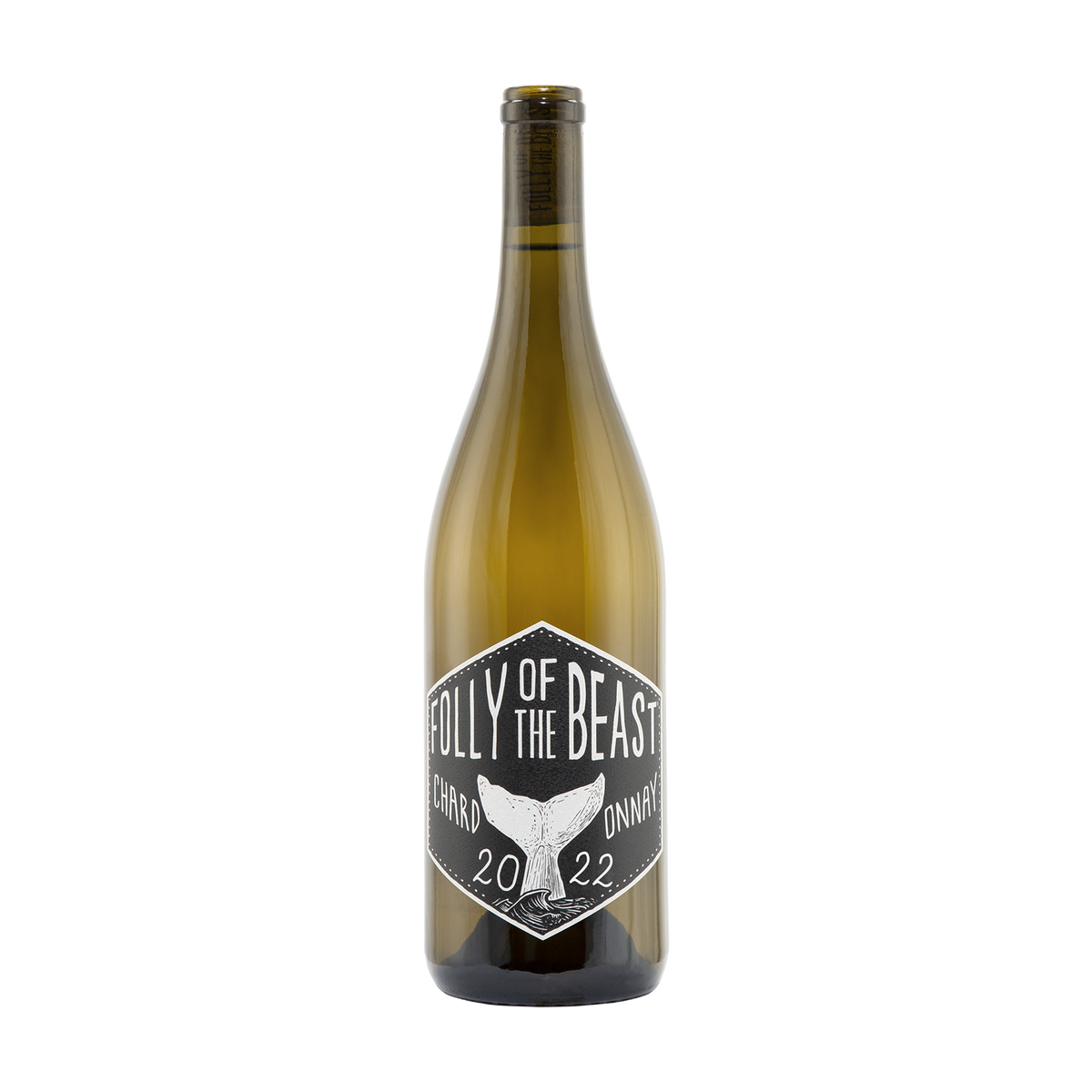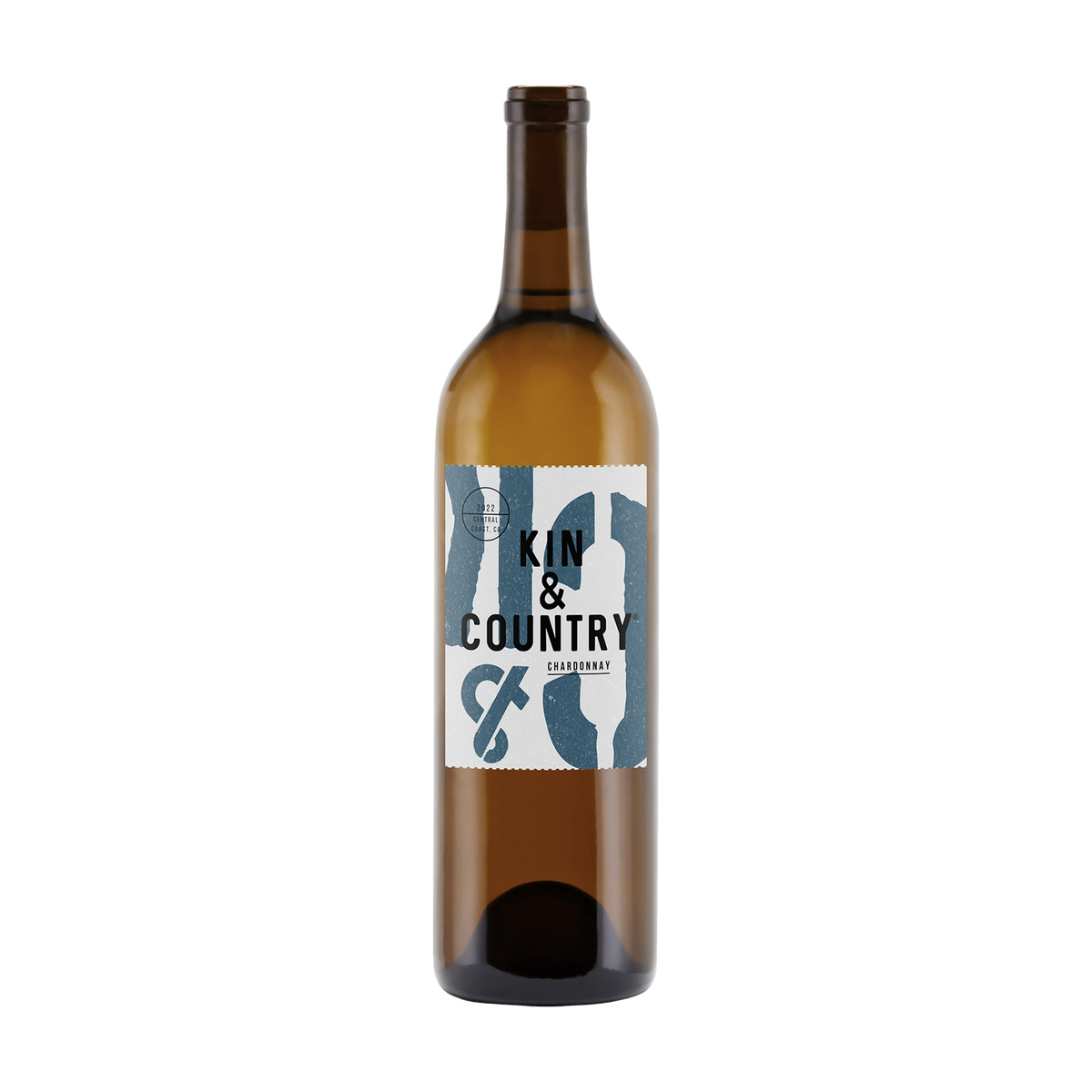2023 Reintegration Pinot Noir
Member Fav
Item cannot ship to your state
2022 Lost Poet® Rosé Wine
Item cannot ship to your state
2022 Porter & Plot® Chardonnay
Item cannot ship to your state
NV Déclassé Red Wine Blend
Member Fav
Item cannot ship to your state
2022 Prismatic Chardonnay
Item cannot ship to your state
2021 Rosa Obscura Red Wine Blend
Item cannot ship to your state
2022 Anti-love Club Riesling
Item cannot ship to your state
2022 Field Theory® Albariño
Item cannot ship to your state
2021 Endgame Pinot Noir
Item cannot ship to your state
2021 Restless Earth Pinot Noir
Item cannot ship to your state
2022 Loves Me Not Rosé Wine
Item cannot ship to your state
2022 Ruza Rosé Wine
Item cannot ship to your state
2021 Ace in the Hole Pinot Noir
Item cannot ship to your state
2022 Diviner® Albariño
Item cannot ship to your state
2021 Lost Poet® Red Wine Blend
Top Rated
Item cannot ship to your state
2022 Porter & Plot® Pinot Noir
Item cannot ship to your state
2022 Folly Of The Beast® Chardonnay
Item cannot ship to your state
2022 Kin + Country Chardonnay
Item cannot ship to your state
2022 Forgotten Lore Pinot Noir
Item cannot ship to your state
2022 Apostate Zinfandel
New Release
Item cannot ship to your state
